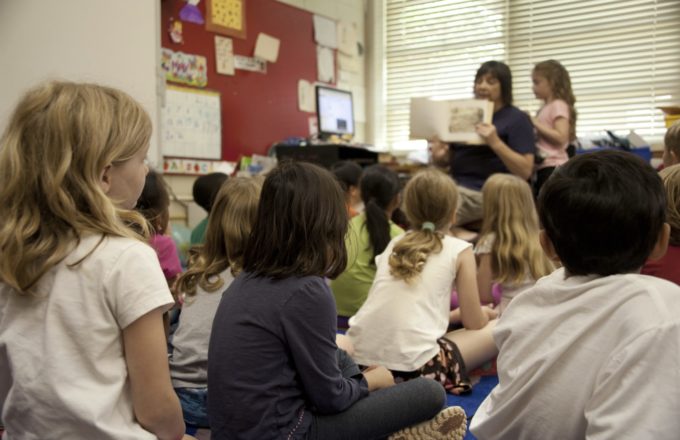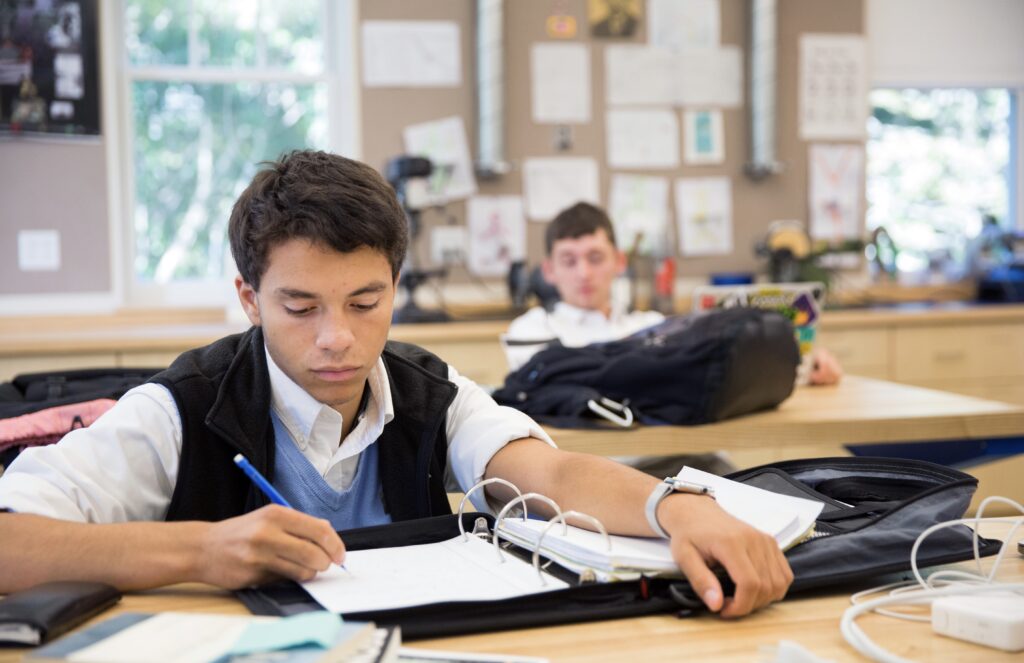Defining ‘Stickiness’
Sticky has a variety of meanings, from perilous to adhesive to tenaciously persistent. A Sticky© note on your wall or your screen invites your attention until the reminder can be discarded. And ‘stickiness’ is the holy grail for web designers and app creators: qualities that entice and then retain visitors to their sites or apps. In general, stickiness comes down to ease and simplicity of use, an understanding of neurological feedback loops, reinforcement of user loyalty and time on task, and effective communication. As educators, our task begins (and sometimes ends) with capturing attention. Can we turn these principles to our advantage?
Designers measure stickiness by “sustained repeat engagement.” If 20% or more monthly visitors are daily users, that’s beginning to be a ‘sticky’ app! Our users are our class groups. Do you feel exhilarated at having drawn most if not all your students into the lesson? Or are you dispirited at the fact that energy is low and too many participants’ attention elsewhere? If we can keep upping the first feeling over the latter, we’re becoming more sticky teachers.
Lead with the Value Proposition
As a first step, make onboarding easier and be wary of the ease-in approach, or the survey on the first few days. Today’s students are living in a digital world of quick sampling and swiping. Highlight the value proposition of your subject in early lessons. Successful apps are typically clear and simple to use or play. Similarly, sticky teachers project excitement for their topic combined with action on the first day, rather than a lengthy preview of where the class will be going.
Ease of Access
Customers download apps or visit websites to fulfill a need for information or recreation. To maintain users and retain attention, the value of the app has to be immediately apparent. Show students quickly real examples of how your content meets needs. Rather than leading with requests for information, long sign-up procedures, and prerequisites, the best applications allow users to derive benefits quickly. Applied to the classroom, this means stimulating and useful exercises are front-loaded into our daily activities. Streamline the user experience and make sure you are easy to use, not hard to access.
The Neurology of Success
A powerful tool for stickiness in game apps can be linked to the dopamine feedback loop, the neurology behind the human pleasure principle: that urge to pursue repetitively what makes us feel good. Designers try to link actions to rewards because the rewarded brain craves more, with the result that screen time can be highly addictive. Neurotransmitters for positive experiences, whether from a digital achievement or the approval of instructors, make us feel good, and want more of the same. This is not to advocate modeling the classroom after Candy Crush or GTA, but it does suggest that a success-oriented classroom is a sticky classroom, and eagerness to participate feeds on itself. Students quickly distinguish truly motivating praise and feedback from general, nonspecific praise. Speculate on why: it may well be the actual neuronal rush from success creates genuine positive reinforcement in a way that empty words do not.
Genuine Incentives
Other tools that increase stickiness are loyalty programs, rewards, and incentives. Accumulating points, exclusive benefits, and increasingly rewarding categories are all sticky techniques used by designers to maintain users. While some associate token economies and concrete incentives with younger students, rewards programs work to retain customers and build brand loyalty for all ages. How might this translate to your classroom? Do you have a system where traits you want to positively reinforce, such as completion of homework, in-class contributions, and peer support all lead to concrete privileges for your student customers? And just as app enhancements continue to promote using the app, the best classroom privileges continue to promote time on task and academic accomplishment, not unrelated recreation, by allowing students to choose favorite areas or talents.
Classroom productivity can be put into transparent rubrics, some appropriate for the whole group, others differentiated to allow for individual student goals. Incentives such as independent work, enrichment activities, perhaps even peer tutoring or instructional design opportunities, can be progressively available and clear to student participants who progress up through prescribed stages of achievement. Game designers know that short term achievements that unlock rewards keep consumers playing; the same principle can be applied to classroom practice.
Keep Your Customer Engaged
Stickiness also stems from the right amount of calibrated communication. In app design, this requires walking a fine line between providing prompts, helpful reminders, tips, and hints, but not interfering with enjoyment or flow. Do you subscribe to an app for a particular sort of info? Now, when you are NOT using that app, do you see reminders on your screen “pointing” you to the app? These are “push notifications” which can be a powerful tool for stickiness or a big turnoff if badly used. Are there incentives or assignments you can integrate into your plan for non-class time? Longer term assignments with intermediate goals are one way. A class website that needs to be referenced, updated, or consulted at frequent intervals is another. Sticky techniques such as leaderboards or time-sensitive notices may spark interest and engagement at any time.
A related caution: We’ve all experienced excessive notifications, which can become irritating. Too much interrupting and you ignore or delete that app. As a teacher, how is your communication style? Too little, too much? Your personal space in class? Too close; too distant? Is there a balance between formative assessment and a sense of individual discovery? A ‘push notification’ in your class can be the seemingly random (but really not) interjection that grabs student attention and refocuses them on the activity ahead. “Has anyone ever stopped to wonder why – – -?” can lead to a push notification for Science or Social Studies.
Invite Input
Consumer loyalty also depends on how easy it is for your customers to provide feedback. App designers identify responsive feedback as a key to a sticky customer base. Building in a routine structure for feedback invites valuable input from your students. As I write this, I’m thinking of the last time I sincerely recommended a favorite app to a colleague: the first reason I cited was the incredibly responsive “contact us” feature! It earned my loyalty and turned me into a proselytizer. That sort of receptiveness to feedback can be built into classroom practice: daily or weekly ‘question time’ or a help desk feature (staffed by peers?).
The Perils of NOT Being Sticky
Finally, let’s look at the risks of NOT being sticky. Over 75% – that’s 3 of every 4 apps – lose their daily users within three days of being installed. A month in, that percentage is up to 90%! For today’s students, if you aren’t making the onboarding process for your class engaging, and then continuing to fight for student attention through a combination of neurological, behavioral, and motivational strategies, their bodies may continue to attend but their minds have moved on.



